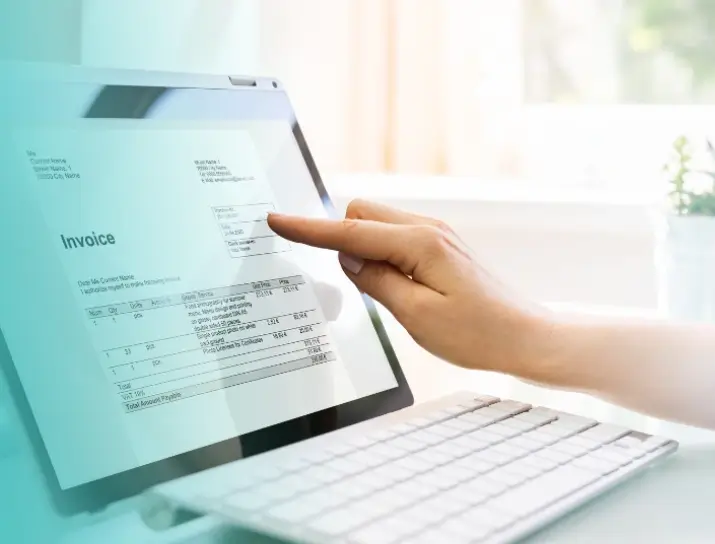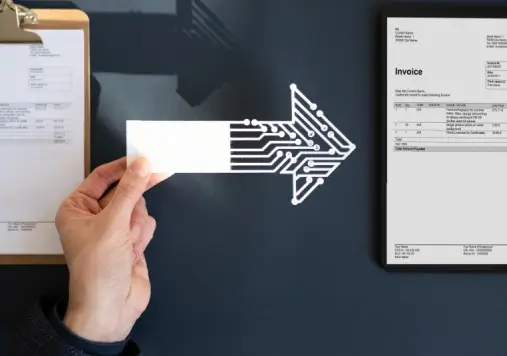Understanding e-invoicing and its implementation in Australia
E-invoicing refers to the process of electronically sending and receiving invoices between businesses. In Australia, the implementation of e-invoicing has gained significant momentum in recent years. It involves using standardized digital formats for invoices, allowing for seamless transmission and processing.
The Australian Taxation Office (ATO) has been a key driver in promoting e-invoicing adoption. They have adopted the Peppol framework, an internationally recognized standard for e-invoicing. The Peppol framework utilizes Universal Business Language (UBL) for its electronic documents, ensuring consistency and interoperability across different systems. By implementing this framework, businesses can improve their efficiency, reduce costs, and enhance their overall invoicing process.
The implementation of e-invoicing in Australia has been supported by various government initiatives, including the Digital Business Plan and the National Digital Economy Strategy. These initiatives aim to accelerate the adoption of digital technologies, including e-invoicing, to drive economic growth and productivity.

What is Peppol?
Peppol (Pan-European Public Procurement Online) is a set of specifications designed to streamline the exchange of electronic documents, such as invoices, across different countries and sectors. Developed by the OpenPeppol organization, Peppol ensures that businesses can send and receive invoices electronically in a standardized format, regardless of their internal systems. By using Peppol, businesses can achieve greater interoperability, reduce errors, and enhance the efficiency of their invoicing processes. In Australia, the adoption of the Peppol framework is promoted by the ATO to foster a more integrated and seamless digital business environment.

Future Trends and Opportunities in E-invoicing
The future of e-invoicing in Australia looks promising, with several trends and opportunities on the horizon. One such trend is the increasing integration of e-invoicing with other digital business processes, such as procurement, supply chain management, and payment systems. This integration can further streamline business operations and enable end-to-end automation.
Another trend is the adoption of advanced technologies, such as artificial intelligence (AI) and machine learning, in e-invoicing systems. These technologies can automate data extraction, validation, and reconciliation, further improving efficiency and accuracy. AI-powered analytics can also provide valuable insights and predictive capabilities for businesses.
The growing emphasis on sustainability and environmental responsibility presents an opportunity for e-invoicing adoption. By eliminating paper-based invoices, businesses can contribute to reducing their carbon footprint and promote a greener business environment. This aligns with the global shift towards sustainable practices and can be a competitive advantage for businesses.
Furthermore, the expansion of international e-invoicing networks, such as the Peppol framework, opens opportunities for businesses to connect with global trading partners. This enables seamless cross-border invoicing and facilitates international trade. Businesses can expand their reach, enter new markets, and enhance their competitiveness on a global scale.
In conclusion, the future of e-invoicing in Australia holds great potential, driven by trends such as integration with other digital processes, adoption of advanced technologies, sustainability considerations, and global networking opportunities.
The growing emphasis on sustainability and environmental responsibility presents an opportunity for e-invoicing adoption. By eliminating paper-based invoices, businesses can contribute to reducing their carbon footprint and promote a greener business environment. This aligns with the global shift towards sustainable practices and can be a competitive advantage for businesses.
Furthermore, the expansion of international e-invoicing networks, such as the Peppol framework, opens opportunities for businesses to connect with global trading partners. This enables seamless cross-border invoicing and facilitates international trade. Businesses can expand their reach, enter new markets, and enhance their competitiveness on a global scale.
In conclusion, the future of e-invoicing in Australia holds great potential, driven by trends such as integration with other digital processes, adoption of advanced technologies, sustainability considerations, and global networking opportunities.
Conclusion
As Australian businesses continue to embrace e-invoicing, they can expect numerous benefits, including streamlined processes, enhanced data accuracy, cost savings, and improved visibility into their invoicing workflows. Adopting the Peppol e-invoicing framework and other digital innovations will be key to staying competitive in the rapidly evolving digital landscape. One solution that can help businesses transition smoothly to e-invoicing is SmartUBL. By providing seamless integration with existing systems and ensuring compliance with Peppol standards, SmartUBL enables businesses to leverage the full potential of e-invoicing, improving efficiency and driving growth.



